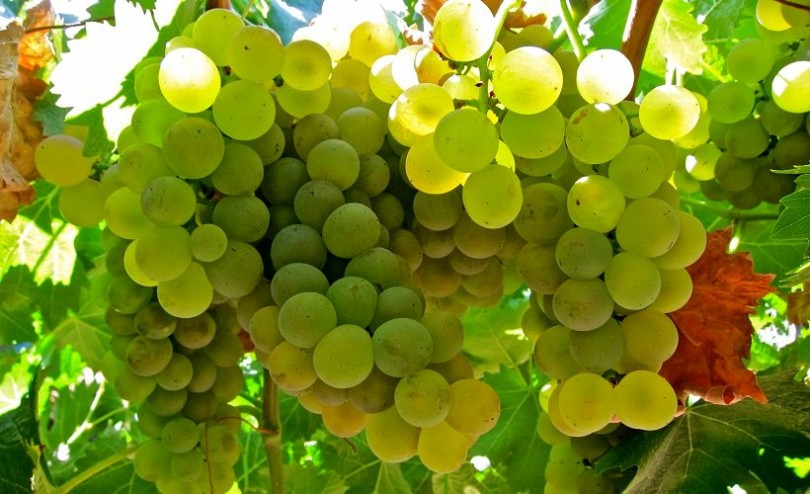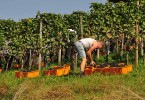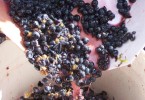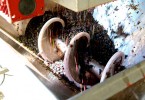The process of draining
The draining is a fundamental phase in the white vinification. To better know what is it, it is fundamental, first of all, to define which is the difference between white and red vinification.
The process of vinification and the draining
The process of maceration occurs in the red vinification where the must is in contact with the hard part of the grapes: the “pomace”. This does not occur in the white vinification where there is just the fermentation of the must without maceration.
The white vinification presents different difficulties because there hasn’t been any contact with the air to avoid the production of phenomenon of oxidation that should cause a worsening of the organoleptic properties of the wine.
In the process of white vinification the draining comes just after the pressing of grapes with stalk.
How does the draining take place?

The wine draining consists in the division of the must (that after the pressing and the draining is called cuvee) of the hard herbaceous parts of the grapes, like stalks, pomace and marc.
This division can be managed in two different ways:
• Static or spontaneous draining: Static or spontaneous draining: the draining is caused by gravity. The pressed grapes drain on horizontal or tilted grills, but it allows to collect just the 50% of juice. The required times are pretty long, and with this method it is difficult to produce high quality wines.
• Mechanic or dynamic draining: the draining is helped by mechanical tools which rotation speed is quite low to avoid the excessive creation of pomace. Through this process it is possible to collect around the 75% of juice.
The draining gives the ideal result above all if it take place from grapes pressed together with the stalks, that help the division of the must from the solid parts.
With this system it is possible to obtain white wines starting from red grapes, as the pigments are located in the peels.
At this point, the pomace are subjected to the pressing and the musts that result from the pressing are caused by a separate vinification, whereas the cuvee is subjected to the removal of the pomace.
[wysija_form id=”7″]
Imagine source:
www.giambicarlo.it







